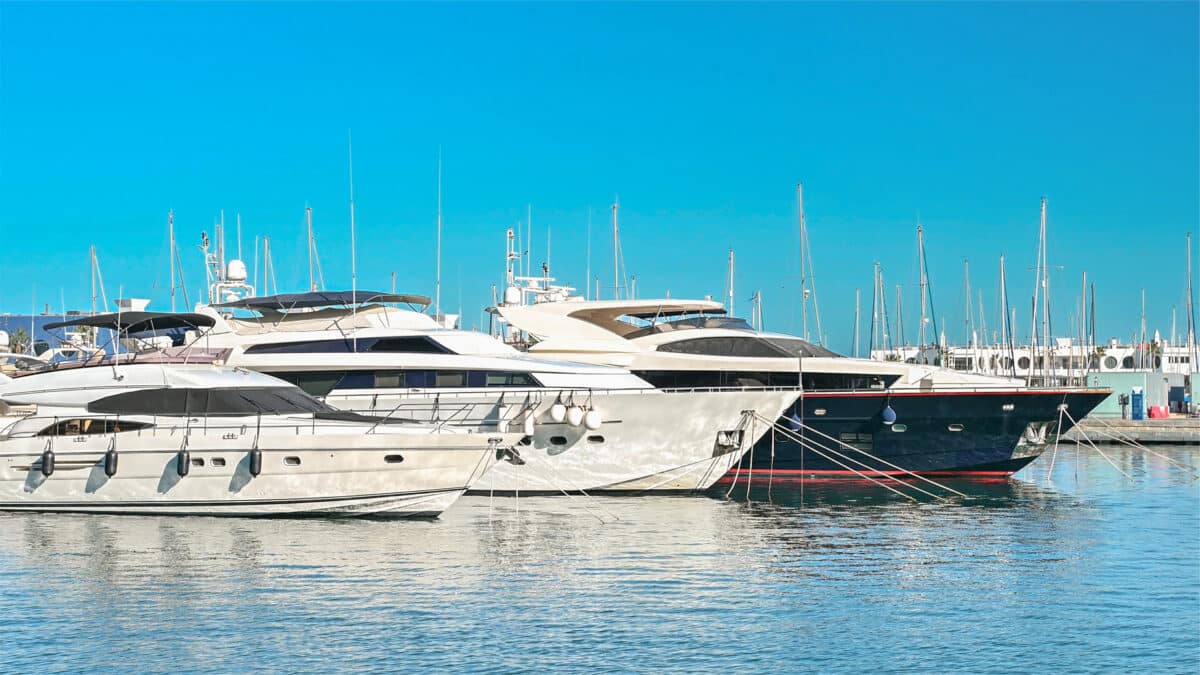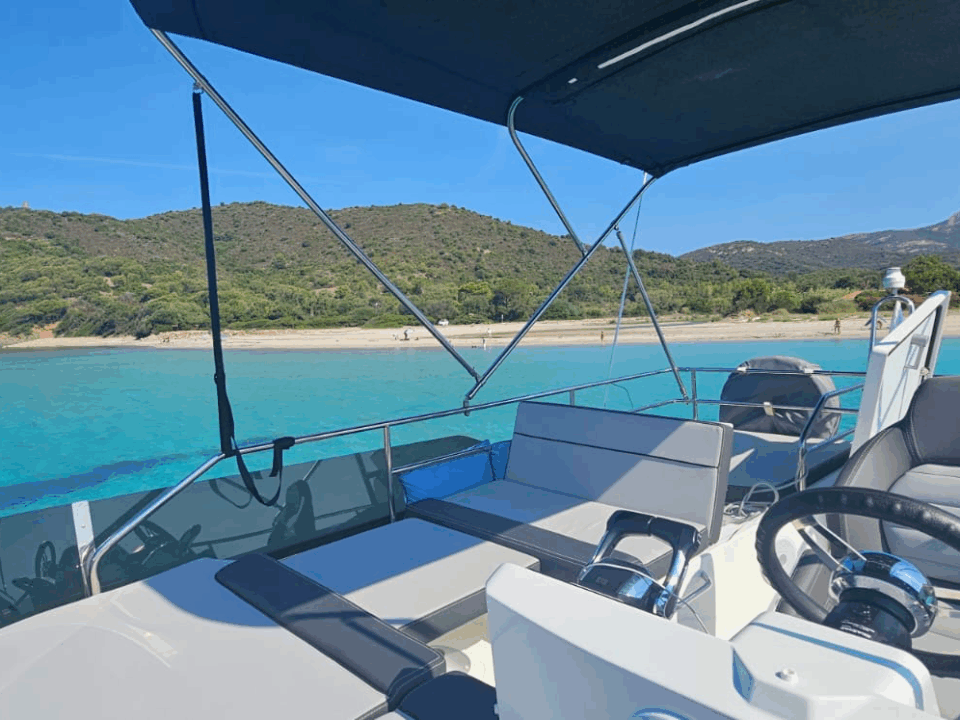
Professional skippers: avoid anchoring on seagrass beds
9 May 2025
6 mistakes to avoid when chartering your boat with skipper
9 May 2025Introduction to GT and UMS
In the professional yachting and maritime trade sectors, there are two fundamental concepts: GT (Gross Tonnage) andUMS (Universal Measurement System). Understanding the difference between GT and UMS is crucial for any captain, owner or yachtsman wishing to develop his career or operate a vessel under STCW standards.
In this article, we explain the difference between GT and UMS, their impact on professional patents (such as the Master 200GT or Master 500GT), and show you some concrete examples of calculation.
What is GT (Gross Tonnage) in professional yachting?
Gross Tonnage (GT) is a volumetric measurement of the ship’s entire interior space, calculated according to the international standard ITC 69 (London Convention 1969).
Good to know:
- The GT does not measure the weight of the vessel, but its volume.
GT formula: GT=K×VGT = K \times V
- V = Total volume in cubic meters
- K = Volume-dependent coefficient
The GT enables :
- Defining professional patent categories
- Calculate certain taxes and administrative costs
- Apply safety standards (certificates, equipment)
What is UMS (Universal Measurement System)?
UMS is the international measurement system that standardizes the calculation of gross tonnage (through ITC 69).
In practice :
- GT and GT UMS are equivalent today.
- All commercial vessels and professional yachts must have their GT calculated according to the UMS system.
This ensures international recognition of your measurement certificate.
Example of GT calculation for a yacht
Let’s take a 24-metre professional yacht (LOA):
- Interior volume (V) = 180 m³
- Coefficient K: K=0.2+0.02×log10(180)≈0.245K = 0.2 + 0.02 \times \log_{10}(180) \approx 0.245
GT obtained: GT=0.245×180=44GT = 0.245 \times 180 = 44
▶ This yacht is therefore 44 GT, requiring at least a Master 200GT patent to operate it commercially.
Why is knowing your ship’s GT essential?
- Compliance: Working under a flag while respecting your level of certification.
- Optimization: Avoid unnecessary administrative costs.
- Career planning: Plan your professional evolution towards larger yachts.
Choosing the right patent with GT and UMS
Understanding GT measurement and the UMS system is a must for any captain wishing to succeed in professional yachting.
Want to become an STCW-certified yacht captain? 🚢_
➔ Test your eligibility for our Master 200GT, 500GT and Unlimited training courses on yachter.co.uk and set sail for your maritime future!



